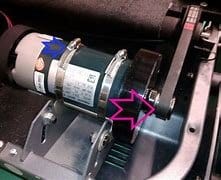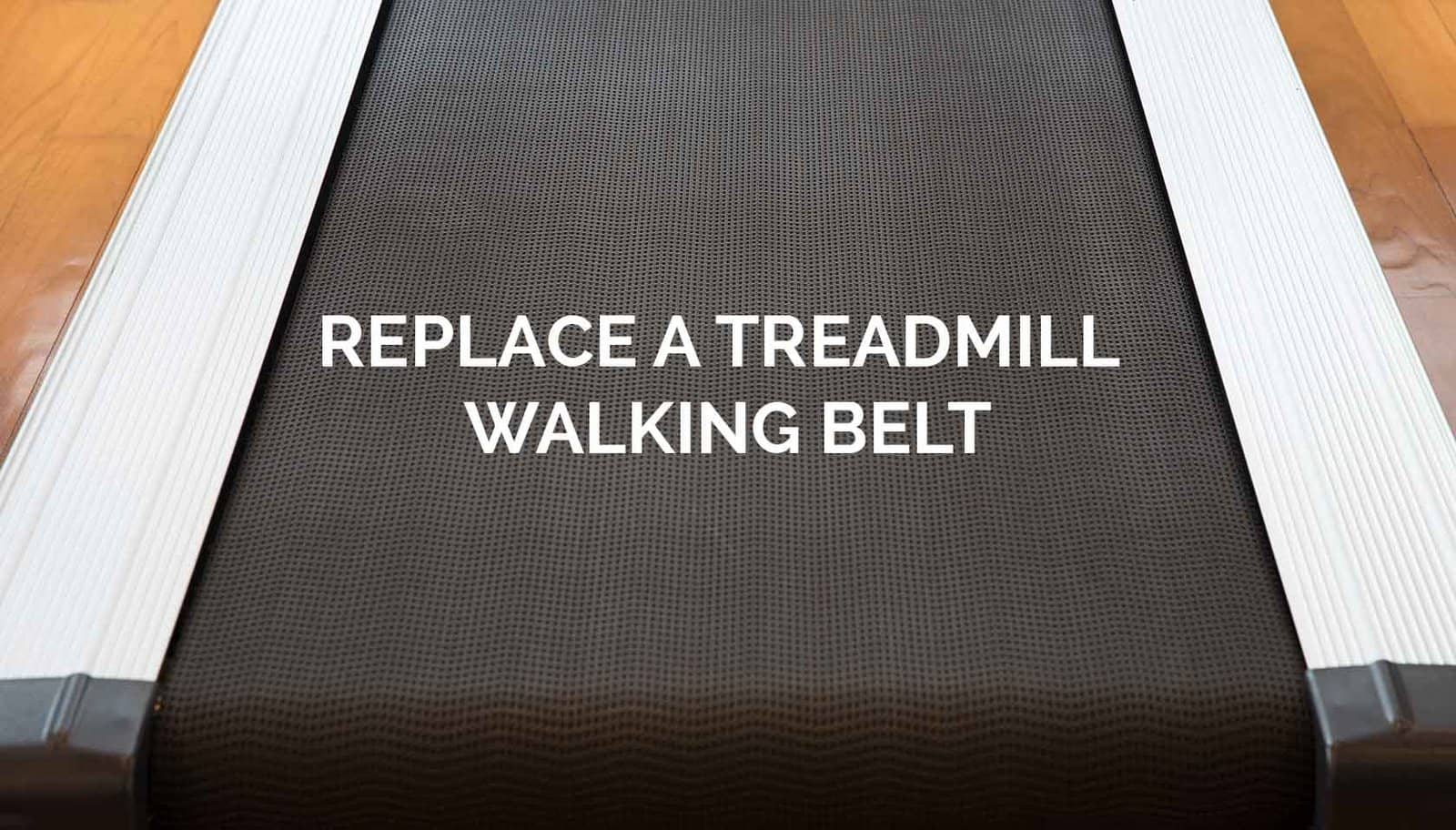Identifying a Failing Treadmill Motor
The treadmill drive motor is the heart of your machine. It powers the belt, allowing you to run or walk indoors. But like any mechanical component, it can wear down over time. Recognizing the signs of a failing motor early can save you from costly repairs and extend the life of your treadmill. Here are the key indicators that your drive motor might be going bad:
Signs of a Failing Treadmill Motor
Lorem ipsum dolor sit amet, consectetur adipiscing elit. Ut elit tellus, luctus nec ullamcorper mattis, pulvinar dapibus leo.
1. Unusual Noises
One of the most common indicators of a failing treadmill motor is unusual noises coming from the machine. Pay attention to:
- Loud Humming or Buzzing Sounds: Persistent humming or buzzing can signify internal motor issues.
- Grinding Noises: These sounds often indicate worn bearings or other internal motor problems.
- Squealing or Screeching: High-pitched noises may be a sign of friction caused by worn-out components.
These noises typically point to internal motor issues or worn bearings and should not be ignored.

2. Performance Issues
Several performance-related problems can signal a failing motor:
- Abrupt Stops or Speed Changes: If the treadmill suddenly stops or its speed fluctuates without input, the motor may be struggling.
- Delayed Start or Slow Speed: The machine might not start immediately or take an unusually long time to reach the set speed.
- Inconsistent Speed or Jerky Belt Movement: Uneven belt movement can indicate motor instability.
- Frequent Circuit Breaker Trips: If the circuit breaker trips frequently during use, it could be due to motor electrical issues.
3. Burning Smell
A burning odor emanating from the treadmill, especially around the motor area, is a strong indication of motor problems. This smell can be caused by:
- Overheating Due to Lack of Lubrication: Insufficient lubrication can cause the motor to overheat.
- Electrical Issues Within the Motor: Faulty electrical components may burn out, emitting a noticeable odor.
- Worn-Out Components Creating Friction: Friction from worn parts can generate heat and lead to burning smells.
4. Visual Inspection
Physically examining the motor can reveal signs of failure:
- Visible Wear or Damage on Motor Components: Look for any obvious signs of wear, cracks, or damage.
- Frayed or Damaged Wires: Damaged wiring can lead to electrical issues within the motor.
- Signs of Overheating or Melting on Plastic Parts: Discolored or melted plastic parts indicate excessive heat, often from motor strain.
5. Testing the Motor
If you suspect motor issues, performing some basic tests can help confirm:
- Unplug the Treadmill for Safety.
- Remove the Motor Cover.
- Disconnect the Motor Wires from the Power Supply.
- Use a Multimeter Set to the Lowest Ohms of Resistance.
- Touch the Multimeter Probes to the Motor’s Terminals:
- A reading of zero indicates a shorted motor.
- A very high reading suggests an open motor.
Both results are signs of a bad motor and indicate that professional repair or replacement is necessary.
What to Do If Your Drive Motor Is Going Bad
If you suspect your drive motor is going bad, don’t ignore the problem. Continued use could cause further damage to your treadmill. Instead, take the following steps:
- Check the Symptoms: Confirm the signs mentioned above. Is the treadmill behaving unusually? Is it making strange noises?
- Consult the Manual: Your treadmill’s user manual may have troubleshooting tips specific to your model.
- Contact the Manufacturer: If you’re unsure about the problem, it’s best to reach out to the manufacturer’s customer service. They can provide guidance and may be able to diagnose the issue over the phone.
Testing the Drive Motor
Testing the drive motor involves checking its continuity with a multimeter. Here’s a simple step-by-step guide:

- Unplug the Treadmill: Safety first! Always unplug the machine before doing any repair work.
- Access the Motor: Remove the motor cover as per your treadmill model’s instructions.
- Disconnect the Motor Wires: Disconnect the motor wires from the power supply. You might need to take a photo beforehand to remember where each wire goes.
- Set the Multimeter: Set your multimeter to the lowest setting for Ohms of resistance.
- Test the Motor: Touch the multimeter probes to the motor’s terminals. A reading of zero indicates a shorted motor, while a high reading suggests an open motor. Both are signs of a bad motor.
When to Call a Professional
If you’re uncomfortable testing the motor yourself, it’s time to call a professional. Look for a certified fitness equipment repair expert in your area. They have the skills and tools to accurately diagnose and fix the problem. Hopefully you have a ServiceRX location near you.
Replacing the Drive Motor
If your drive motor is indeed bad, you’ll need to replace it. Here’s how:
- Order a Replacement: Purchase a new drive motor that’s compatible with your treadmill model. You can find these online or at specialty fitness stores.
- Remove the Old Motor: Unbolt the old motor from the treadmill frame, remove the drive belt and disconnect the wires.
- Install the New Motor: Bolt the new motor in place, reinstall the drive belt, and reconnect the wires. Make sure everything is secure before moving on.
- Test the Treadmill: Plug in the treadmill and start it at a slow speed to test the new motor. If everything works as it should, you’re good to go!

Cost of Drive Motors
The cost of a new drive motor can vary depending on whether it’s for a residential or commercial treadmill. Residential treadmill motors typically cost between \$100 and \$300, while commercial treadmill motors can range from \$300 to \$600.
Preventive Maintenance for Treadmill Drive Motors
To avoid future drive motor failures, regular maintenance is key. This includes:
- Keeping the Area Clean: Dust and debris can clog the motor. Keep the treadmill and the surrounding area clean.
- Regular Lubrication: Lubricate the treadmill belt and deck regularly to reduce stress on the motor.
- Proper Use: Don’t exceed the treadmill’s weight limit, and avoid running at top speed for extended periods.
Keeping Your Treadmill in Peak Condition
Proper maintenance doesn’t just prevent motor failures; it also keeps your treadmill’s electronics in good shape. Regular cleaning, proper lubrication, and using a surge protector can all help extend the life of your treadmill’s electronic components.
Manufacturer Warranties
Here’s a brief overview of the motor warranties offered by some popular treadmill manufacturers:
- Life Fitness: Offers a 10-year warranty on the motor of their home treadmills.
- Core Health and Fitness (Star Trac): Provides a 5-year warranty on the motor.
- Matrix Fitness: Their home treadmills come with a 10-year motor warranty.
- Freemotion: Offers a 10-year warranty on the motor.
- Precor: Their home treadmills come with a 10-year motor warranty.
- True Fitness: Provides a 30-year motor warranty on their home treadmills.
Remember, a well-maintained treadmill is a long-lasting treadmill. Regular check-ups and proper care can keep your treadmill running smoothly for years to come. Explore more of our content for additional tips on treadmill maintenance.
Share this article on your favorite social media platform and help others keep their treadmills in peak condition!












